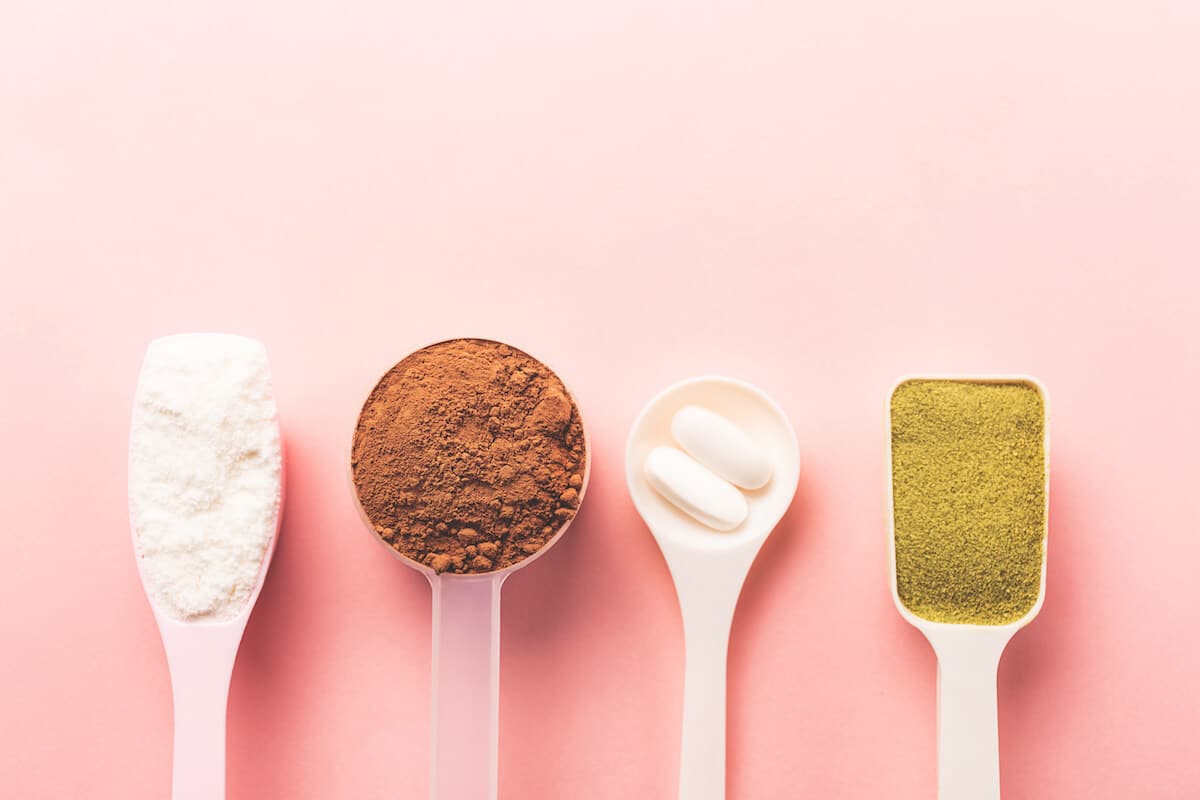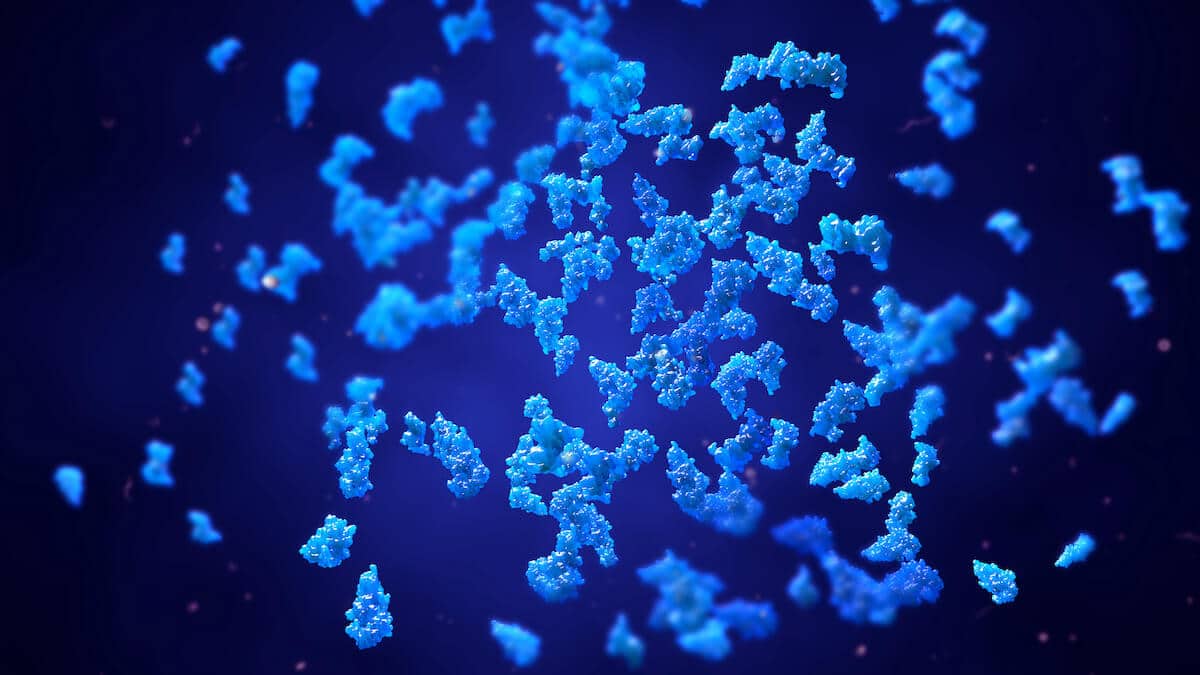
14 Sep Understanding the Pros, Cons, and Alternatives to Protein Hydrolysis
When it comes to maximizing nutrient intake, you need to think about how well your body digests and absorbs nutrients. Protein specifically can be a challenge to digest and absorb if you don’t produce adequate digestive enzymes or hydrochloric acid in your stomach, which break protein down into its smaller constituents (peptides and/or amino acids).
If you have trouble with protein digestion, you may notice excess gas (burping, flatulence) or digestive discomfort when you eat high-protein meals or shakes. Long-term difficulties could result in health issues such as leaky gut or allergies. Meanwhile, if you’re having trouble with absorption, you might notice more subtle but potentially serious symptoms of malnutrition such as muscle wasting, dull skin, or excessive hair and nail breakage.
Proper protein synthesis and utilization are vital for human health, so in either case, it’s critical to remedy the problem. Some nutritionists view protein hydrolysis as a solution to improving protein digestion and bioavailability. While there is clinical research to back up its efficacy in both humans and animals, it may not be the best solution for optimizing human health.
Let’s review the process of protein hydrolysis, the pros and cons for its use in human health, and an even more effective alternative you may not have considered yet.
What Is Protein Hydrolysis?

Protein hydrolysis takes place in your body, to some degree, every time you eat protein. It involves the use of water in breaking apart protein peptide bonds into smaller, more easily absorbed peptides and polypeptides. During normal digestion, your body uses stomach acid and digestive enzymes to hydrolyze protein for your body to use.
This process can also be mimicked outside the body for use across a number of food and byproduct manufacturing practices to improve digestibility and protein absorption. Exogenous protein hydrolysis (the kind done outside your body) has uses in both animal and human nutrition.
There are a few different ways the hydrolysis of protein takes place, each with its own attributes. These include acid hydrolysis (using hydrochloric acid, HCl), alkaline processing, enzymatic hydrolysis (using proteolytic enzymes), and protein fermentation using microorganisms.
Studies show that using animal feed that has been partially broken down with HCl into protein hydrolysates results in greater gains in body mass and overall nutrition for livestock. This process can be applied to both vegetarian and animal-based foods, increasing nutritional benefits across both categories. In fact, this process has been shown to make use of otherwise unusable food byproducts to minimize waste and maximize nutrition, even allowing for increased utilization of beneficial lipids like omega-3 fatty acids in discarded fish byproducts.
For personal health and nutritional benefits, the most common ways to hydrolyze protein are through the use of HCl and enzymatic hydrolysis — the ones that most closely mimic what happens in your digestive system — so we’ll focus on those.
Pros and Cons of Hydrolyzed Protein

As mentioned, the most relevant benefits of protein hydrolysis are increased digestibility and bioavailability. The commonly agreed-upon wisdom in the nutrition world is that protein peptides of various sizes (based on the degree of hydrolysis) are preferred for muscle synthesis over free amino acids and larger, whole proteins in the diet. While emerging biotechnologies have unearthed even more efficient methods for processing proteins for optimal absorption (which we’ll get into below), the market still treats hydrolyzed proteins as one of the top options. Understanding the process will help you better understand the biochemical composition of the finished product.
Pitfalls of Acid Hydrolysis
The most common way to hydrolyze protein is through the use of acid, and acid has its downsides. Namely, hydrolysis using HCl breaks down and destroys certain amino acids, like tryptophan, and renders others immeasurably affected, like cysteine and methionine.
Basically, this means that the use of acid for hydrolysis has a significant drawback — it diminishes the finished product’s total amino acid composition. There are ways to get around the various amino acid losses using methods of oxidation prior to HCl application. But these are more complicated than we need to get for our purposes here, and they don’t solve all the problems.
Enzymatic Hydrolysis Explained
Enzymes are protein molecules that speed up chemical reactions. Naturally occurring enzymes in your digestive tract digest various types of foods, many of which have names that sound similar to the foods they digest. For example, protease is a proteolytic enzyme that helps digest protein. Lactase digests lactose (milk sugar). Lipase digests lipids (fat). Sucrase helps digest sucrose (table sugar). Maltase digests maltose (another form of sugar).
Not all enzyme names match so closely to the types of foods they digest, but it’s helpful to remember the ones that do if you ever need to shop for digestive enzymes. Sometimes the name alludes to its origins — for example, papain (another proteolytic enzyme) comes from the papaya fruit while pancreatin comes from the pancreas.
The most important animal-based enzymes for protein hydrolysis are made in the pancreas (pancreatin and trypsin) and stomach (pepsin). Trypsin is also made in the small intestine and is the only enzyme listed here that can catalyze protein hydrolysis on its own without any help from other enzymes or acids. Pepsin, with the help of hydrochloric acid in the stomach, creates the conditions for breaking down protein molecules into peptides. Vegetarian-sourced enzymes for protein breakdown include papain (from papaya), ficin (from fig), and bromelain (from pineapple).
Unfortunately, one of the byproducts of enzymatic hydrolysis is that it can leave the protein tasting bitter or chalky. For animal feed, as long as the animals find it edible, that’s not much of a problem. But for humans with more discerning palates, it can be a pretty big turn-off.
As a result, companies looking to use hydrolyzed protein in their supplements — whether it’s whey, casein, gelatin, collagen (bovine) or a vegetarian source like rice, pea, or hemp — end up attempting to mask the flavor with other non-nutritive additives like artificial sugars, sugar alcohols, artificial flavors, etc. Adding such ingredients can impact the overall nutritional benefit of supplementing with protein and even add undesirable ingredients to your diet.
Another thing brands do to circumvent the negative taste? They use very low levels of hydrolysis, whether by sprinkling in a small percentage of hydrolyzed protein into a blend or by using a low level of hydrolysis. In either case, consumers are not seeing the effective clinical dosages. And even at an “effective dose,” the evidence supporting the enhanced absorption from hydrolysis is limited.
ioProteins as an Alternative to Protein Hydrolysis

There’s a new technology that has been developed over the past five years to not only match, but to outperform hydrolyzed protein — Ingredient Optimized (io) Protein. Ingredient Optimized proteins, including ioWhey Protein, ioPea Protein, ioBCAA, and ioCollagen are more efficient forms of the proteins found in whey protein, pea protein, collagen, and branched-chain amino acids (BCAAs). It’s both easier to digest and more readily absorbed and utilized in the body.
In fact, in a human clinical trial comparing ioWhey and hydrolyzed whey protein (WPH), ioWhey proved to be 50% more bioavailable than WPH. Furthermore, ioPea protein was shown to be comparable to a high hydrolyzed whey protein as well.
Importantly, ioWhey is more bioavailable without compromising the flavor of non-optimized whey protein isolate. Both ioWhey and ioPea have a neutral flavor profile that can easily be added to smoothies or mixed with nut milk at the end of the workout without the need for artificial sweeteners or flavors to cover it up.
Protein Hydrolysis vs. ioProteins
If your goal is to maximize your nutrition and absorb as much of your protein supplement as possible, it’s time to relearn what’s been considered conventional wisdom. Protein hydrolysis is no longer the most absorbable form of protein on the market, nor is it the best option for flavor profile. Head over to Performix and check out their Ingredient Optimized products. Whether you’re looking for animal-based (whey) or vegan (pea) options, you’re covered for maximum absorption and best flavor.


